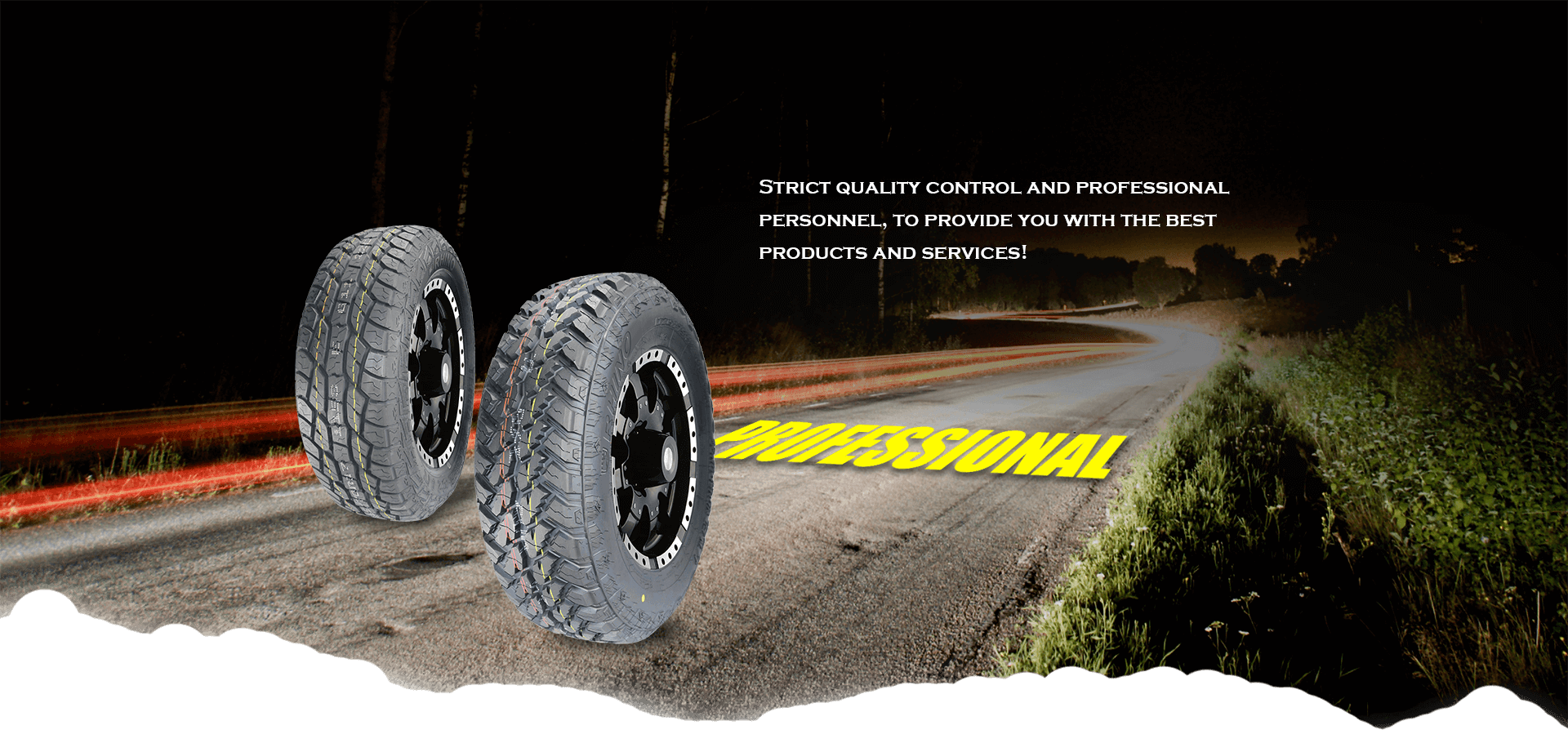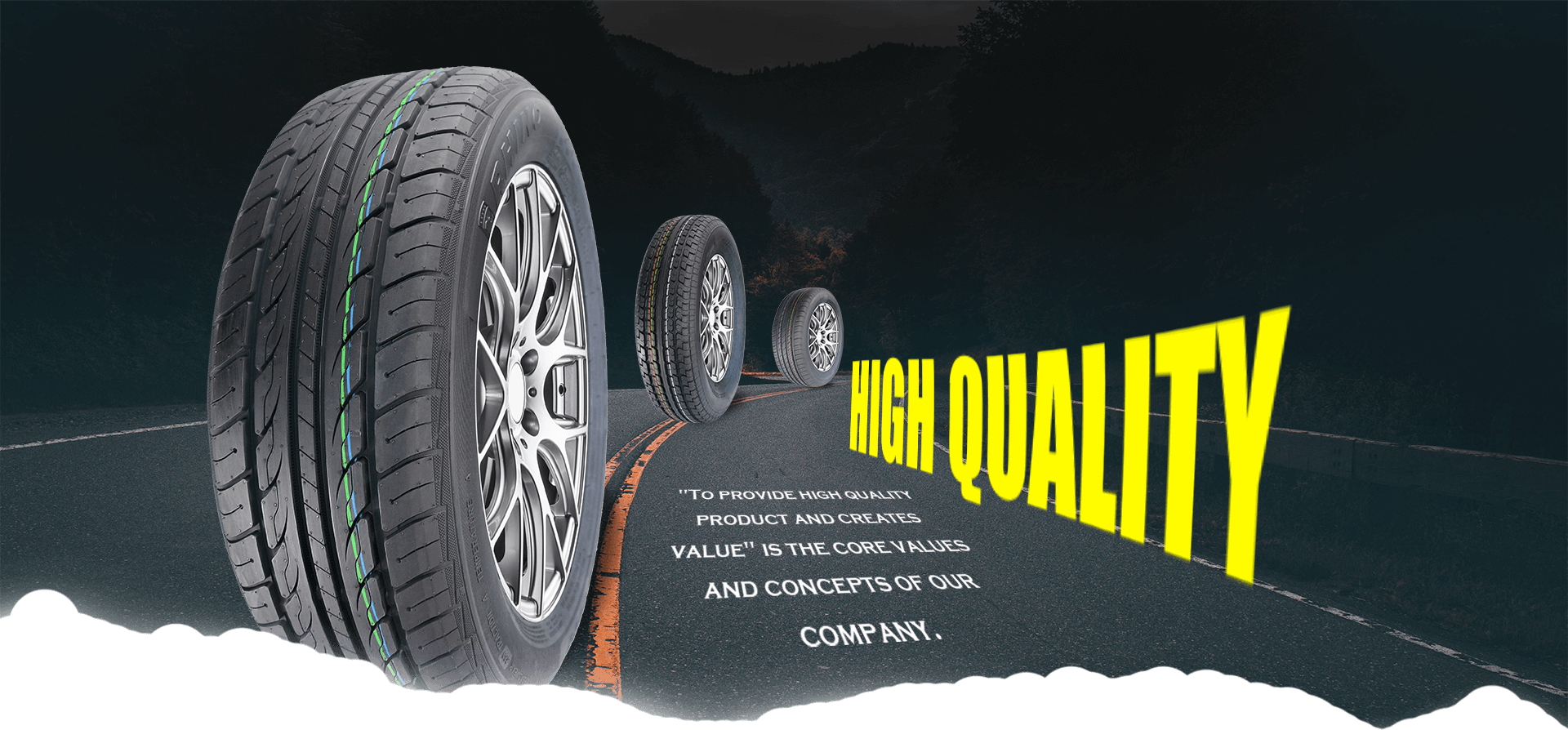Fleets Conduct Real-Life Tests Before Committing to New Tires
manufacturers, experienced fleet managers know that what you buy isn’t always what you get. Testing tires first-hand is the best way to determine whether or not you’ll get the desired benefits from your tire purchases. Read on to learn more about how to conduct a real-life test of your own before committing to new or retread tires.
Determine What Factors Matter for Fleet Tire Performance
Before you begin testing tires, you’ll need to first establish which factors matter most to your fleet in terms of performance. The following are just some of the areas that may be of key interest to your commercial trucking operation:
Even Wear: Commercial trucks travel extremely long distances and require tires that can withstand multiple trips without excess wear and tear. This should be a key consideration for any fleet planning a new or retread tire test. If your fleet travels off-road, or in quarries or industrial yards, this exposure to a harsher environment needs to be taken into consideration.
Fuel Efficiency: Many tire manufacturers promise increased fuel efficiency, but the only way to determine this for sure is through careful testing. Keeping a log of your fueling needs as well as the miles traveled will help you understand whether or not the tires you test can actually fulfill their promise.
Depending on the key performance indicator (KPI) you wish to study, you’ll need to establish a set of parameters to properly conduct your test. Doing so will allow you to more accurately record your results and understand the data at hand.
Tips for Testing Your Commercial Truck Tires
When preparing for your new or retread tire test, you’ll want to make sure that you are able to do so on your own trucking equipment. The following are some guidelines fleet managers should consider when testing their commercial tries:
Experts recommend you test no less than 30 tires, with an expectation of losing 10 – 15% of the tires during the test
Use trucks with a recorded mileage between 15,000 and 30,000 for the most accurate results
Keep vehicle loads and weights similar across all trucks during testing
Have an alignment done and remove any worn-out steering or suspension components prior to testing
Preliminary performance findings can only be made when the tire has achieved 50% wear. Additionally, preventative maintenance should be employed in order to keep tires performing their best for longer periods of time.
Previous: None

























